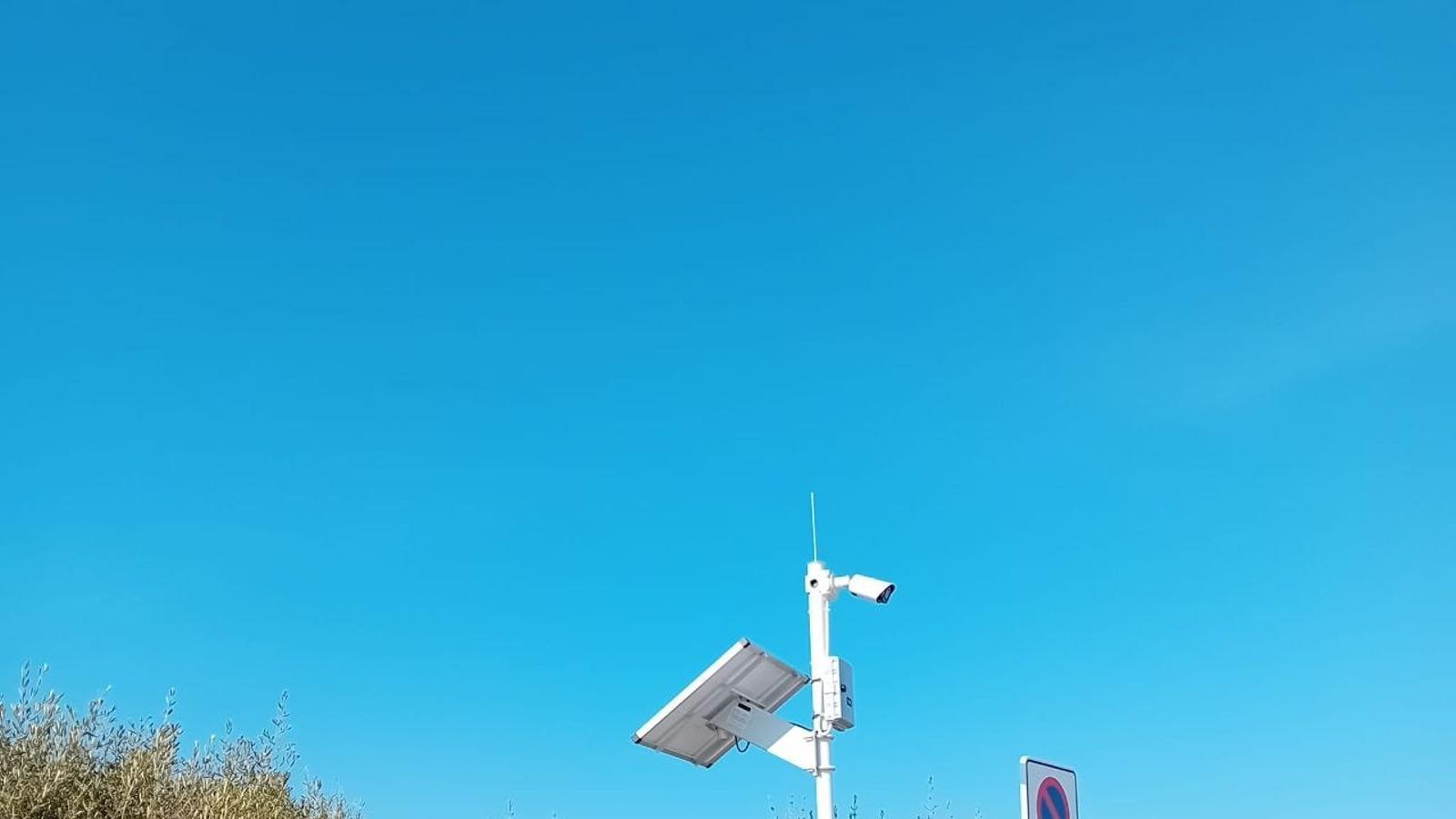Surveillance cameras are installed to measure the occupancy of the Trenc parking lot.
The Government is also working to complete the installation of sensors in the na Tirapel parking lot, located in the same natural area.

PalmThe Government has installed cameras to measure occupancy in the Trenc Natural Park parking lot. The Ministry of Economy, Finance, and Innovation has reported that the Balearic Agency for Digitalization, Cybersecurity, and Telecommunications, which reports to the Ministry, has completed the installation of cameras to measure occupancy in the Barralina (Les Covetes) parking lot, located in the Trenc-Salobrar de Campos Natural Park. In addition, it added, work is underway to complete the installation of sensors in the na Tirapel parking lot, located in the same natural area.
This is one of six projects in the "Smart Balearic Territory" strategy that the Government is deploying thanks to the support of the IoTIB, which is the testing and knowledge space where useful, reliable, and sustainable technological solutions are analyzed and validated, in collaboration with the University of Universities.
It should be remembered that on June 28th, the installation of sensors to monitor parking occupancy in the Montdragó Natural Park also began, specifically in the Amarador and Fuentes de n'Alís parking lots. "The parking lots in natural areas lack designated vehicle spaces, and vegetation, lack of mobile coverage, and the lack of conventional electricity require the search for very precise and tailored solutions," stated IB Digital manager Miquel Cardona. "We want the territory to speak to us through the sensors, to be able to know what's happening, to be able to predict what's going to happen and thus act in advance, making the best decisions," he added.
The technology used in the Covetes area consists of two different types of cameras that count the number of cars entering and leaving the parking lot, using different models and different image processing methods. The objective of this pilot project is to preserve protected environments by avoiding excessive vehicle pressure, improving both environmental conservation and the visitor experience. "It's an opportunity for the Balearic Islands to become a European benchmark for how technology can protect the environment, improve tourism, and empower people," Cardona explained.
